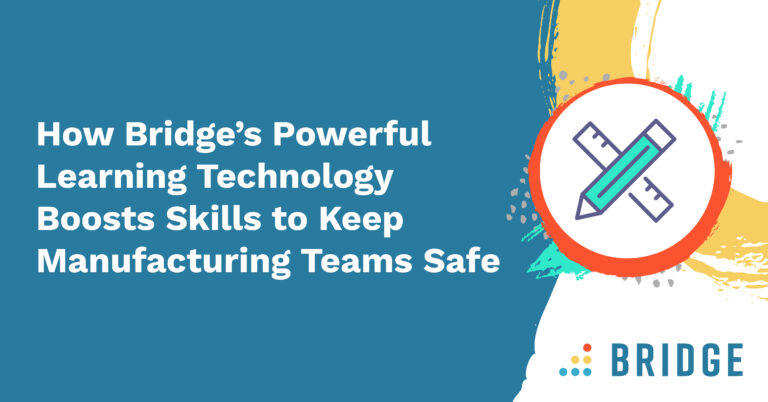Topic: Performance Management in Higher Education
Reading Time: 5 minutes
We understand all about bridges. We didn’t get our name by accident. It’s a similar thing for the higher education sector. It acts as a bridge between the corporate world and the learning environment, literally providing the workforce of the future. It’s unlike any other sector in that its very purpose is rooted in learning, yet as a structure, each organization is effectively a business with the needs of management, budgetary control, productivity, and efficiency. Yet of course, this is juxtaposed by largely being (or previously rooted) in the public sector.
The Politicisation of Performance Management in Education
This is where it all gets a little jumbled for those working in higher education. Performance management in education has been a scorching political issue over the years. While UK schools saw the DfE implement tangible performance management systems as late as 2000, higher education institutions started introducing the private sector concept of performance management around a decade earlier.
We’re not giving you a history lesson for the fun of it. Unless you understand that performance management in higher education happened as a result of politicization, and a borrowing of private sector models, rather than an inherent desire to develop HE staff and create better outcomes, then you will struggle to understand why it differs today.
Adopting Performance Management in HE Felt Difficult
Performance management in the corporate world usually has easily definable metrics on its side. You can measure output and success in neat and clear ways.
In HE the nature of the ‘business’ is people. How can you measure performance when it’s about someone else’s performance and development? It’s tough. People aren’t machines, or services, or products for sale.
It gets all a bit confusing and controversial.
Then there’s the fact that those in HE (and the public sector in general) have an understandable aversion to anything which feels like more bureaucracy. If performance management comes across as another tick box exercise, another form to fill, or another way of adding in surveillance, it will be met with reluctance. If it involves buzzwords like benchmarking, targets, audits or indicators, you’re switching off educators from their human-role.
What’s more, if it’s seen as a way of holding down pay, rather than incentivizing individuals to be their best, it all gets very murky, and very difficult to get buy-in.
And that’s where we’re at. For the vast majority working in HE there is a sense that performance management is a stick to beat you with, rather than a tool for progress, reward, and self-development.
How Can Performance Management Work in HE?
Let’s not completely throw off the private sector approach to performance management when it comes to HE. There’s a lot of good in it, not least the strategic approach. But it needs to be applied differently within HE.
Higher education performance management also needs to move on from the simplistic peer review process of appraisals.
It needs to be more than that if it’s to be valued. It needs a collective approach which is also individualized. It needs to value HE staff as learners themselves, while forming a constant strategic part of the business-like management process of those working in HE. And to satisfy the fact that the ‘product’ is development of people, who aren’t one and the same, the process needs to be clear and transparent. It needs to be useful and actually help both the individual employee and the institution to meet their goals.
Individualised and Focused on Development
Higher Education institutions have to realize the benefits of a private sector approach, but make it work for their distinctly public-facing nature. At the end of the day, it’s the job of management to tick boxes in terms of things like audits and benchmarks for regulatory purposes. And if they want to do that well, they need to take an individualized approach to performance management which focuses on development of their staff just as much as their enrolled learners.



